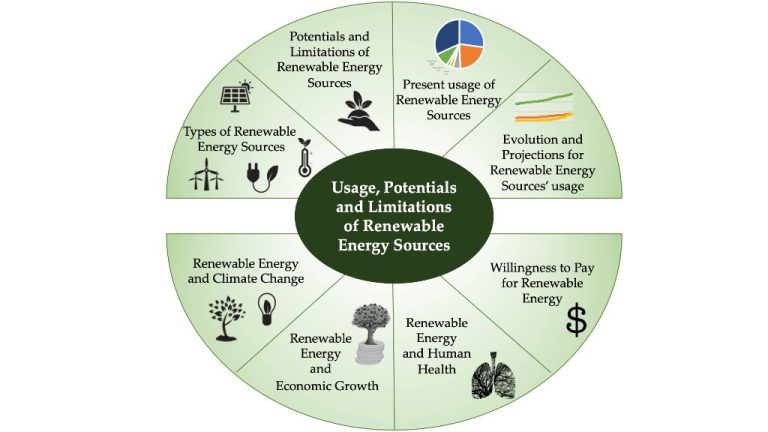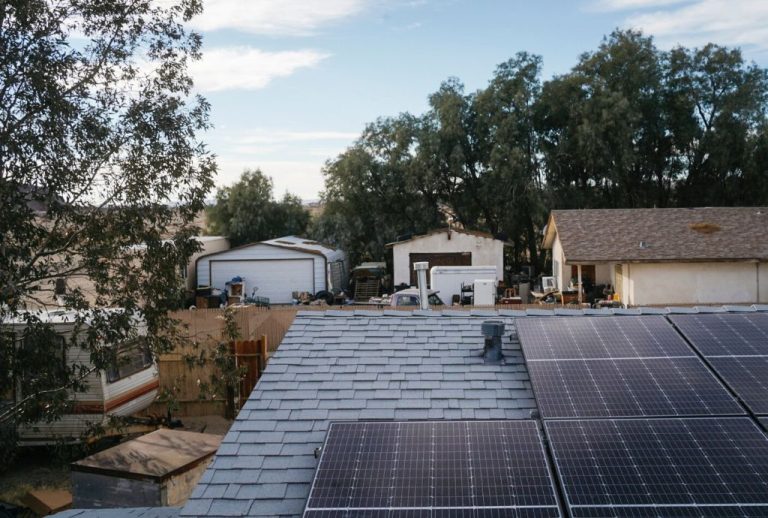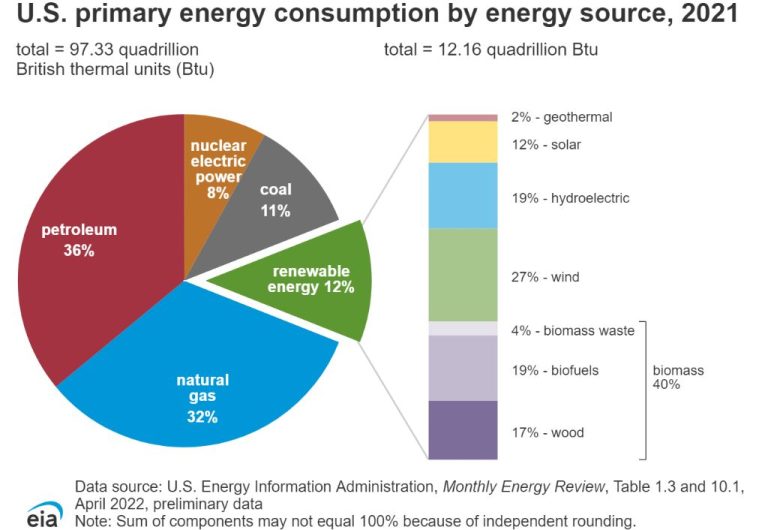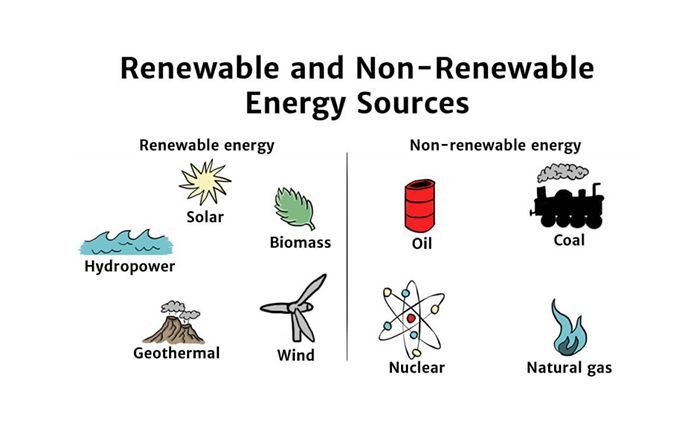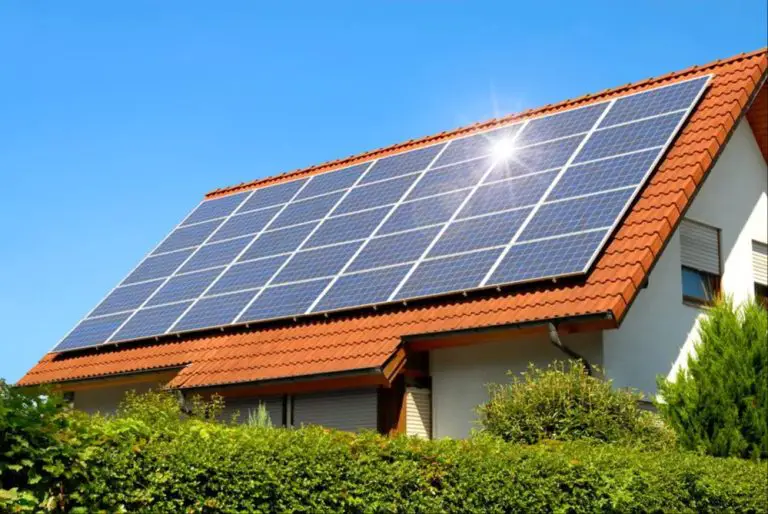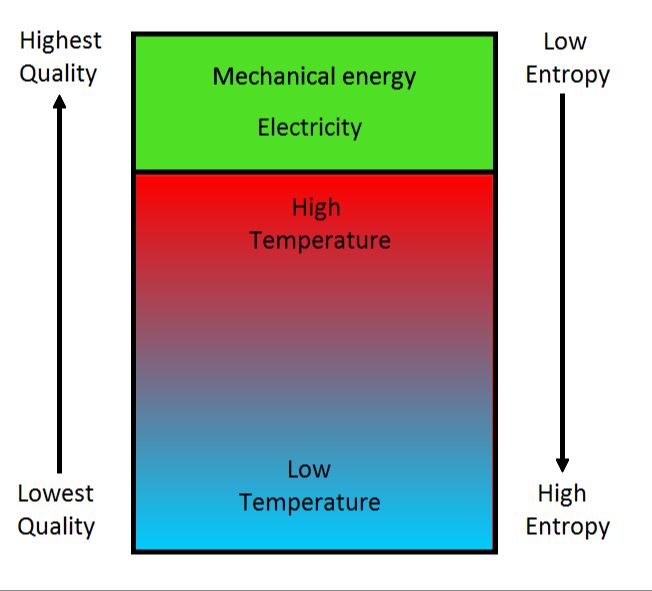Is Renewable Energy A Growing Industry
Renewable energy comes from natural sources that are constantly replenished, such as sunlight, wind, water, and geothermal heat. Renewable energy technologies turn these fuels into usable forms of energy like electricity, heat, or fuel for transportation.
Renewable energy is important because it provides clean energy without emitting greenhouse gases. As climate change becomes an increasing concern, renewable energy offers a way to generate power while reducing dependence on fossil fuels like coal and natural gas that contribute to global warming. Renewable energy also enhances energy security by relying on domestic energy sources.
Recent years have seen strong growth trends for renewable energy. As costs have declined and technology has improved, renewables have become more competitive with conventional power sources. Many governments provide incentives and targets to boost renewable energy. Major growth areas include solar, wind, and battery storage to enable wider use of renewables.
Growth of Renewable Energy
The global renewable energy industry has experienced significant growth over the past decade. According to the International Energy Agency (IEA), renewable energy generation increased more than 50% between 2010 and 2020. This growth is expected to continue as countries seek to reduce their reliance on fossil fuels and transition to cleaner energy sources.
Looking back over the past 5 years, the IEA reports that renewable energy capacity grew at its fastest pace in 2021 since 1999. Total renewable power capacity worldwide increased over 270 gigawatts in 2021 to reach 29% of total electricity generation globally. In the past 10 years from 2011 to 2021, total renewable energy generation more than doubled.
The growth is projected to continue into the future. The IEA forecasts that renewable energy will produce 35% of global electricity by 2025. By 2050, renewables are projected to supply up to 90% of global electricity under net zero emissions scenarios. Key factors driving this growth include declining technology costs, supportive government policies, corporate sustainability goals, and increased competitiveness with fossil fuel energy sources.
Solar Energy Growth
The solar energy industry has experienced rapid growth worldwide in recent years. According to the Solar Energy Industries Association (SEIA), the U.S. solar market grew 43% in 2020, reaching a record 19.2 gigawatts (GW) of new solar capacity. Total installed U.S. solar capacity now stands at over 97.2 GW, enough to power 17.7 million American homes.
SEIA forecasts that U.S. solar capacity will more than double over the next 5 years. Annual U.S. solar installations are projected to increase from 19 GW in 2020 to nearly 40 GW in 2025, an average annual growth of 17% (SEIA). Key factors driving this growth include declining solar costs and supportive policies.
Similarly, global solar photovoltaic (PV) installations reached a record high of 156 GW in 2020, a 23% year-over-year increase according to the International Energy Agency (IEA). The IEA projects global solar PV capacity will reach over 630 GW by 2022, growing by 17% per year on average (IEA). Falling costs and increased deployment in major markets like China and India are fueling the rapid global growth.
Wind Energy Growth
Wind energy has seen tremendous growth worldwide in recent years. According to the International Energy Agency (IEA), the amount of electricity generated by wind increased by 265 TWh in 2022, representing a 14% increase from the previous year. This was the second largest growth of all power generation technologies.[1]
In the United States specifically, wind power accounted for 10.1% of total electricity generation in 2021. The American Clean Power Association reports that total installed wind capacity in the U.S. reached 136,667 MW by the end of 2021, representing a 12% annual growth rate.[2]
Globally, the average cost for installed onshore wind in 2021 was $1,325 per kW, while offshore wind was $2,858 per kW. Cost declines are driving increased adoption worldwide. Statista projects the global wind power market to reach nearly 1,200 GW of installed capacity by 2027.[3]
Major growth drivers for wind power include improved turbine technology, lower costs, and favorable government policies aimed at reducing carbon emissions and increasing renewable energy production. If current growth trends continue, wind will play an increasingly important role in the global energy mix in the years ahead.
Other Renewables Growth
There has been significant growth in renewable energy from sources beyond just solar and wind, including geothermal, biomass, and hydroelectric power. According to the International Energy Agency (IEA), global geothermal generation is forecast to rise by over 20% between 2019 and 2025, from 90 terawatt-hours (TWh) to 110 TWh (IEA). The IEA also projects hydroelectric generation to increase by 9.5% over that period, from 4,250 TWh to 4,650 TWh globally.
Biomass power, derived from organic matter like wood, agricultural waste, or biogas, accounted for 2% of U.S. electricity generation in 2019 (EIA). With new technologies for efficient biomass conversion, the potential for growth is significant. The World Bioenergy Association projects biomass use for energy to double by 2030.
Overall, renewables beyond solar and wind comprise over 20% of global electricity supply, and are poised for steady growth in the coming decades as countries continue to shift towards sustainable energy.
Why Renewables are Growing
There are several key factors driving the growth of renewable energy worldwide:
Policy incentives play a major role. Many governments have implemented policies like renewable portfolio standards, feed-in tariffs, tax credits, and other mechanisms to encourage renewable energy development. For example, the EPA notes that 30 states in the U.S. have renewable portfolio standards which require utilities to obtain a minimum percentage of their electricity from renewable sources (https://www.epa.gov/green-power-markets/market-drivers).
Falling costs are also a key driver. The costs of renewable technologies like solar and wind have decreased dramatically in recent years, making them more competitive with conventional energy sources. The IEA highlights that auctions for renewable electricity recently hit new lows in places like the Middle East, Chile, India, and elsewhere (https://www.iea.org/news/renewable-power-s-growth-is-being-turbocharged-as-countries-seek-to-strengthen-energy-security).
Concerns about climate change are fueling growth as well. Many nations are looking to renewable energy as a way to reduce greenhouse gas emissions and meet climate goals. The IEA reports that renewables are set to account for almost 95% of the increase in global power capacity through 2026 as countries transition to clean energy (https://www.iea.org/news/renewable-electricity-growth-is-accelerating-faster-than-ever-worldwide-supporting-the-emergence-of-the-new-global-energy-economy).
Challenges to Renewable Growth
While renewable energy sources like solar and wind are growing quickly, they still face a number of challenges. One major challenge is the intermittent or variable nature of renewable generation. Solar and wind power rely on weather conditions, meaning their output can fluctuate throughout the day and seasonally. This variability makes integrating large amounts of renewable energy into the electric grid more complex (IEA).
Another challenge for renewable growth is uncertainty around government policies and regulations. Investment in renewable energy is highly influenced by policy incentives like tax credits, feed-in tariffs, and renewable portfolio standards. Changes to these policies can dramatically impact growth and investor confidence (IEA). The intermittent availability of tax credits in the U.S. in particular has created a boom-bust cycle for renewable industries.
Lastly, integrating large-scale renewable generation into outdated electricity grid infrastructure poses engineering and cost challenges. Significant investment is needed for modernized smart grids, energy storage, and transmission lines to support high renewable penetration (Sustainable Review).
Future Outlook
The future of renewable energy looks very bright. According to Deloitte’s 2024 renewable energy industry outlook, wind turbine technicians and solar installers are projected to be among the fastest growing occupations over the next decade, indicating strong continued growth in those industries (source). The IEA predicts renewable energy will account for over 90% of global power capacity growth in the next 5 years, with solar PV alone providing over 60% of that growth (source).
Offshore wind in particular is poised for huge growth, with its global share expected to rise from 5% currently to over 15% by 2030 as floating turbines unlock new regions (source). Cost reductions through technology improvements will also enable wider adoption of renewables. Overall, most experts predict renewable energy will continue its rapid growth for the foreseeable future as countries around the world transition away from fossil fuels.
Regional Differences
Renewable energy growth varies significantly across different regions and countries. According to data from the International Energy Agency (IEA), the fastest growth in renewable electricity capacity from 2021-2026 is expected in Asia Pacific, with China alone accounting for nearly 50% of global renewable capacity additions.
The IEA projects renewable capacity in Asia Pacific will increase by 1,177 gigawatts from 2021-2026, led by solar PV and onshore wind. India is also expected to see rapid growth as it aims to meet its goal of producing 50% renewable electricity by 2030 (IEA).
Europe is forecast to have the second fastest renewable energy growth, with 426 gigawatts of new capacity from 2021-2026. Wind and solar will account for 80% of additions. Major markets like Germany, France and the Netherlands have targets to phase out coal power and increase renewables.
The United States and Latin America are also seeing strong growth. The U.S. currently ranks second in the world for installed renewable capacity, led by solar, wind and hydro power. Brazil produces over 80% of electricity from renewables, primarily hydropower (IRENA).
Meanwhile, growth in the Middle East and Africa remains more modest. But countries like the UAE, Saudi Arabia and South Africa are making efforts to diversify energy mixes and tap into solar and wind potential.
Conclusion
In conclusion, renewable energy is clearly a growing global industry. As outlined throughout this piece, solar, wind, and other renewable energy sources have seen substantial growth over the past decade in terms of both total capacity and share of overall energy generation. Key factors driving this growth include improving technologies and declining costs, favorable government policies, increased investments, and growing environmental awareness. Despite some remaining challenges, most projections point to strong continued expansion of renewables going forward, with solar and wind likely leading the way. Though the pace and specifics may vary by region, the overarching trend is clear – renewables are increasing their foothold in energy systems across the world and establishing themselves as critical pieces of a sustainable energy future.

